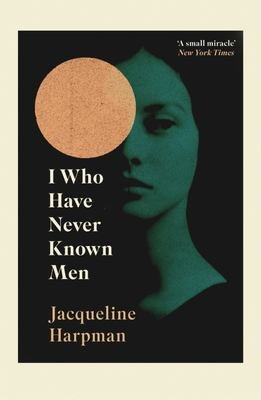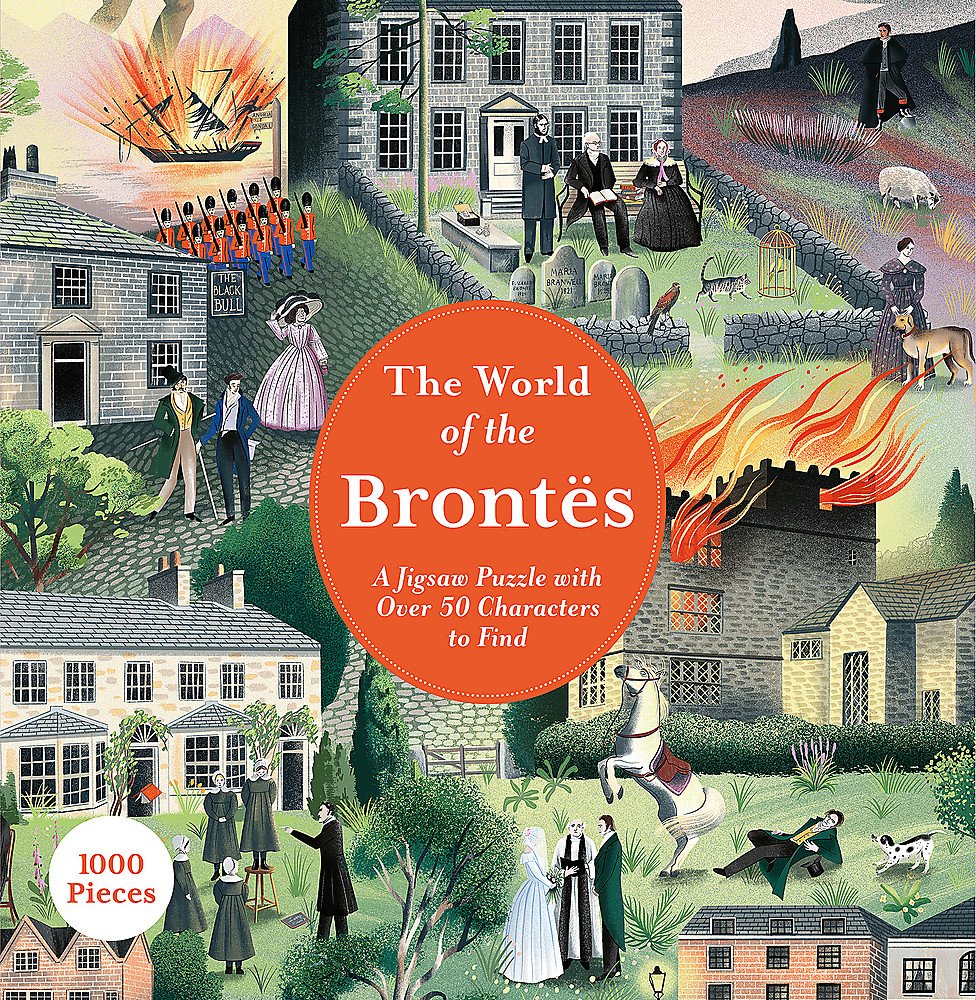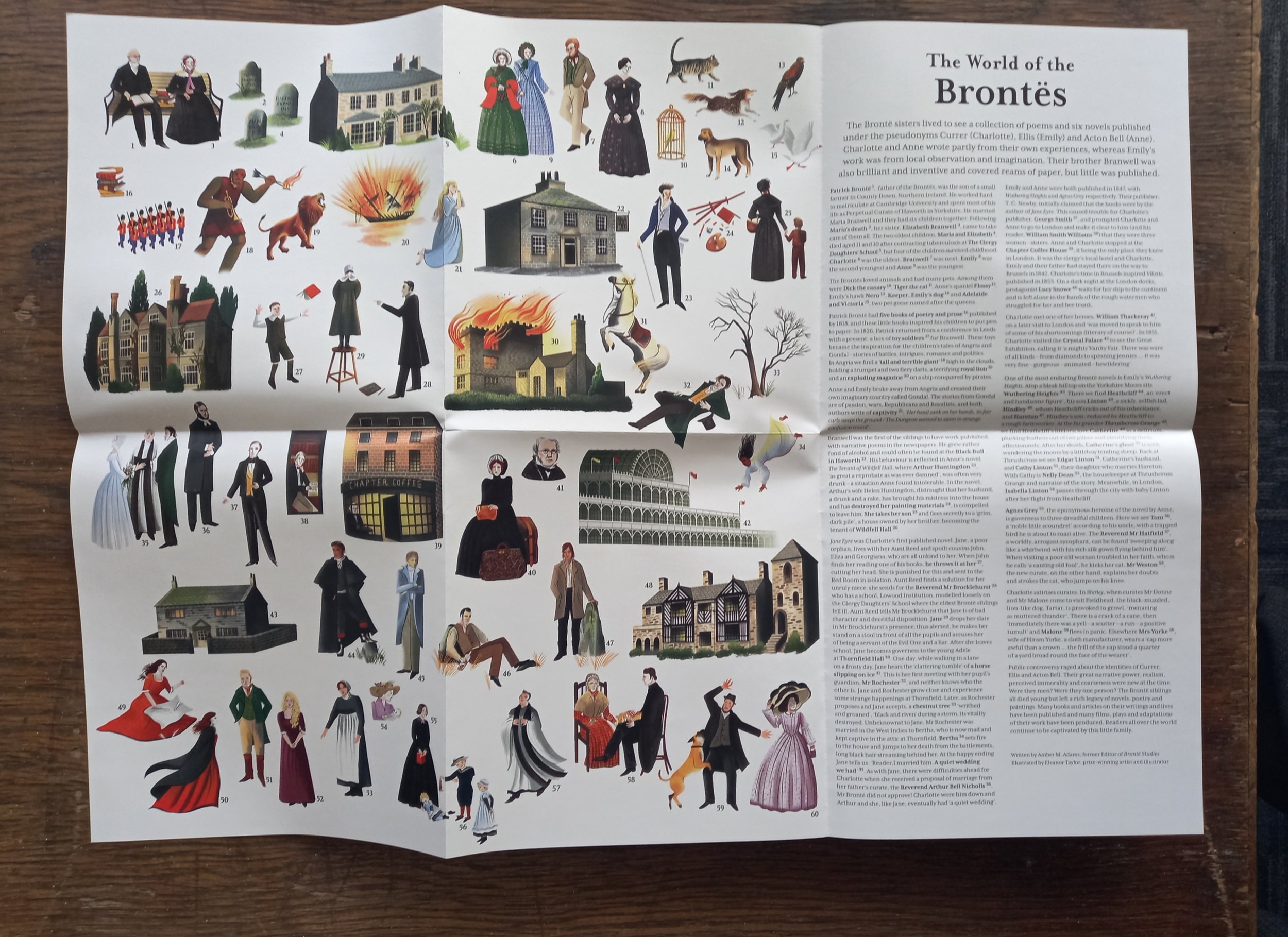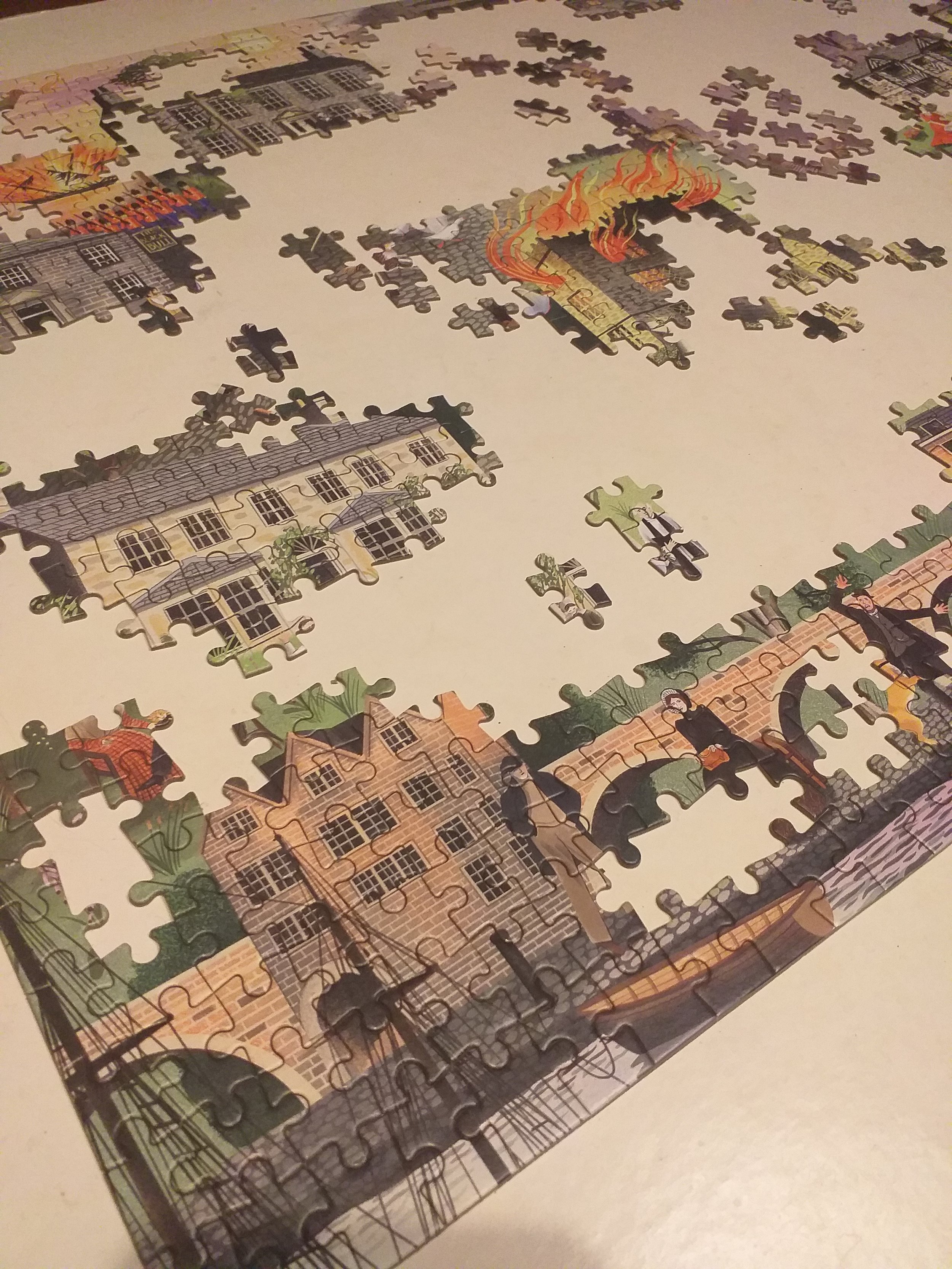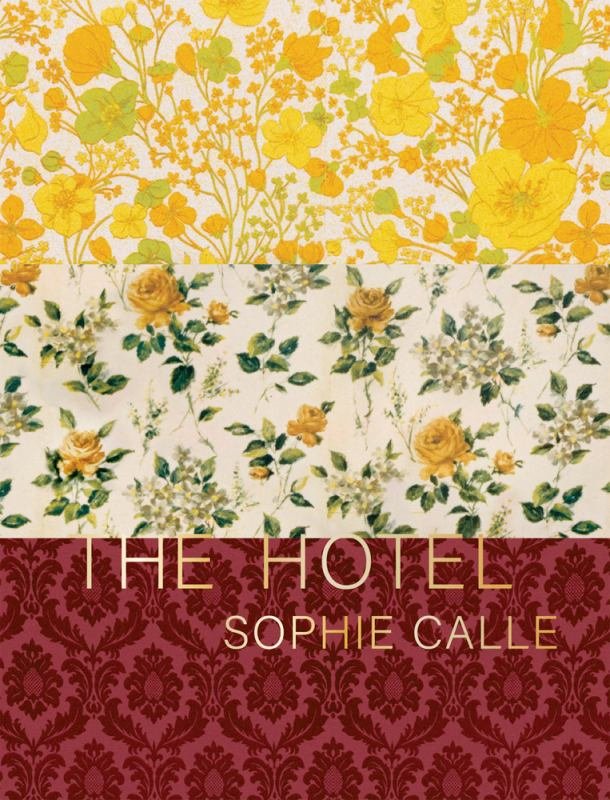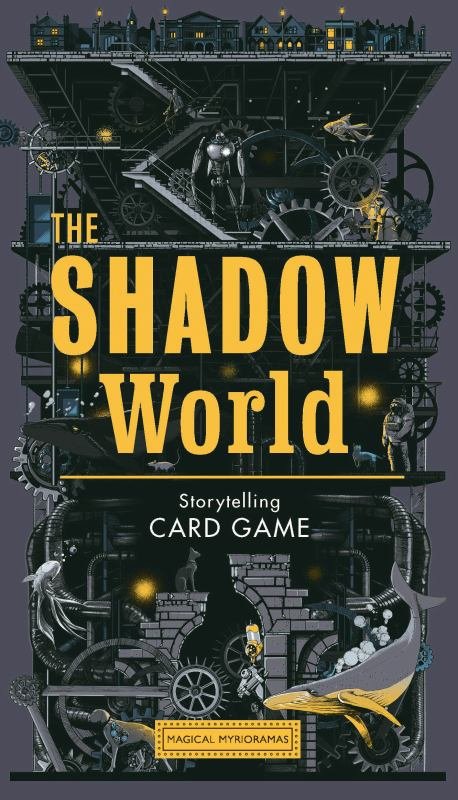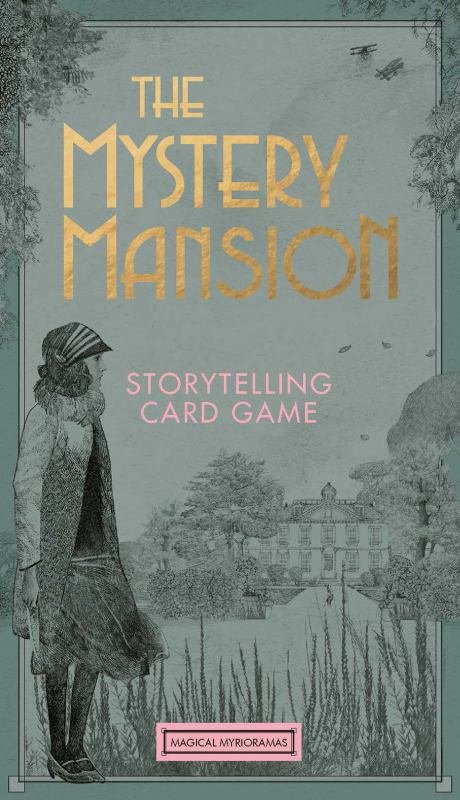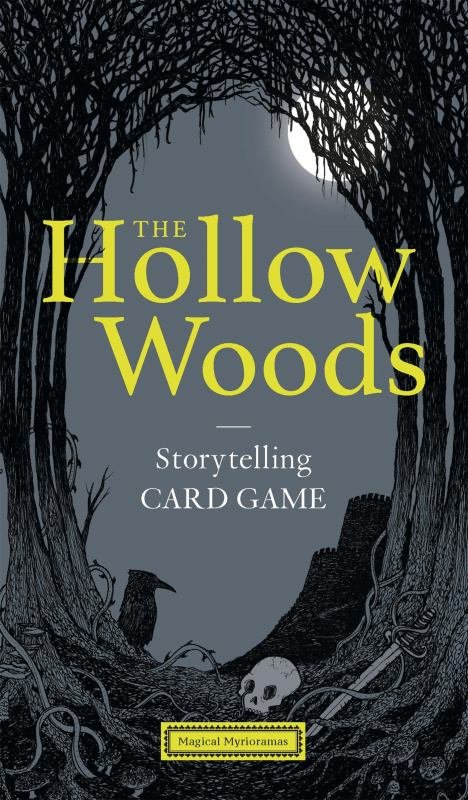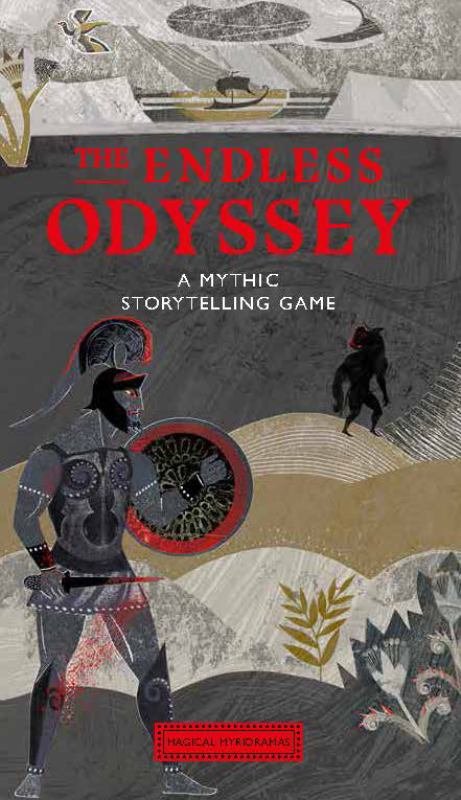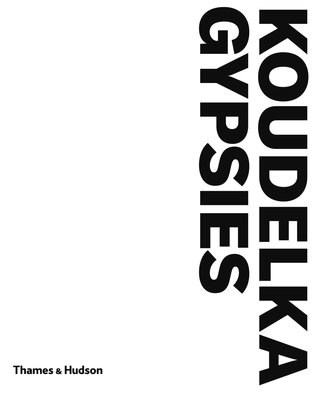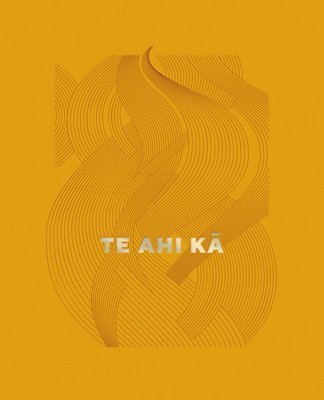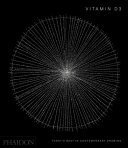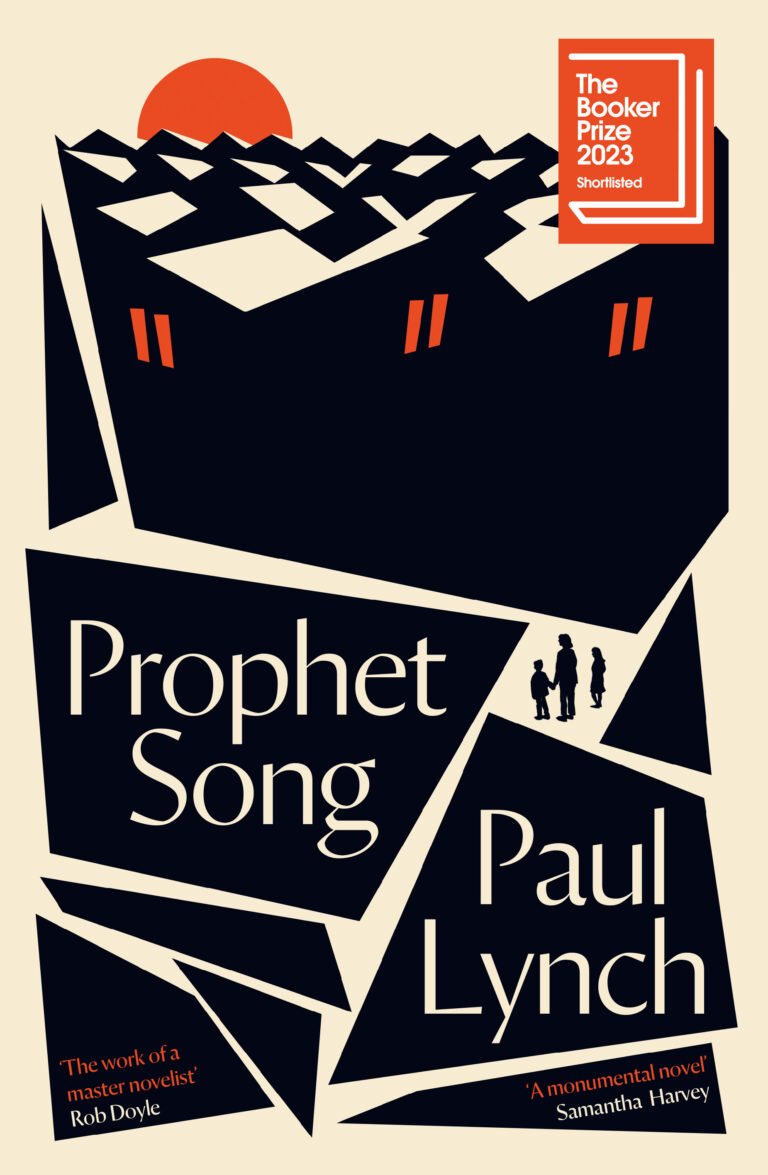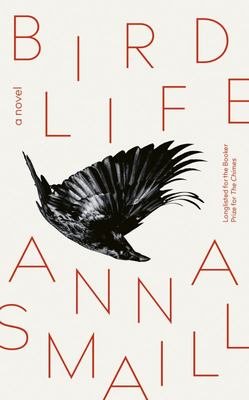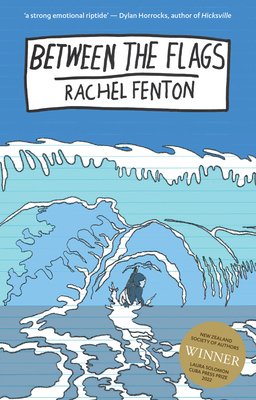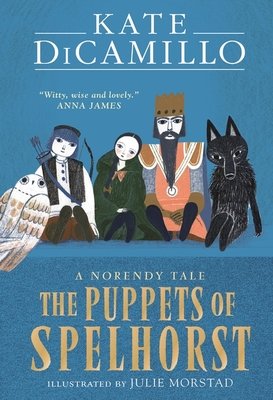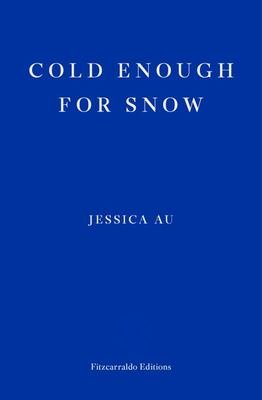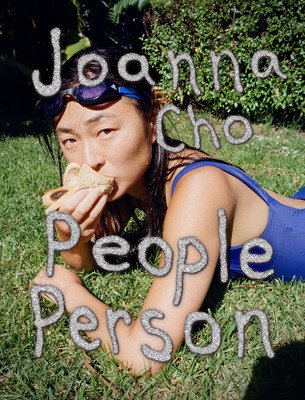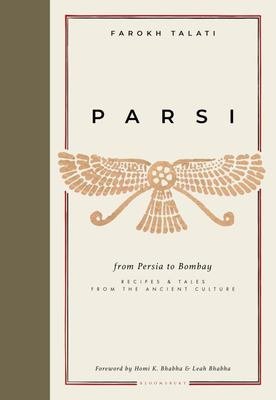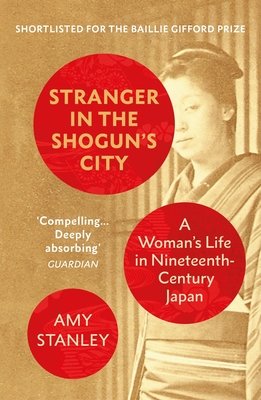Lioness by Emily Perkins
A new Emily Perkins novel is a rare thing (the last being The Forrests in 2012). She’s been writing plays and teaching. And what good things they are. Her take on Ibsen’s A Doll’s House, which played at the Theatre Royal a few years ago, was superb. So lucky us, it’s a Donna Tart moment this year with the Lioness. It’s always nerve-wracking when a favourite author has a new work. Will you still like their style? Can you resist the temptation to compare? And will this grip you as other writings have? So, the book lands. The novel cracks in from the start with our protagonist, Therese having average sex with her older husband, and then discovering, a few pages in, the Viagra tucked away in the suitcase. You sense an unravelling is to begin. Life is too neat. Therese too plastic. Later you realise, malleable. Not by circumstance, rather by choice. A choice to have her ‘dream’ homewares brand, to please everyone even at the loss of her own identity, and to stay quiet when she would rather speak out. You can wear the silk jumpsuit, attend the right events, and host the perfect party, but the girl from the Valley will still appear unexpectedly. There are sneaky tell-tale clues of her other life, of her other self. The drink of choice, rum and coke, the occasional slip in language, and the pulse of something wild just under the surface. This surface will crack open when her developer husband has the spotlight of a fraud enquiry turned on him. Conveniently, in the downstairs apartment is another middle-aged, middle-class (although not quite as privileged or wealthy as Therese) woman, Claire, having an epiphany or crisis — take your pick. While reading this I had the same discomfort as when I read Rachel Cusk’s Second Place. These people — what’s wrong with them? It’s hard to like any of them, even Therese and Claire (the first you have some empathy for, the second yeah, okay, break out if you really need to), especially those adult children who treat Therese (wife number two and not their mother) appallingly. They are universally horrendous. So, what keeps you there, with the Lioness? The writing, as ever, is excellent; Perkin’s observations are squirmingly spot on; the irony and social commentary eviscerating. I loved this more once I closed the pages and left those characters behind. Much like Cusk’s Second Place, it will make you shudder and laugh simultaneously.


